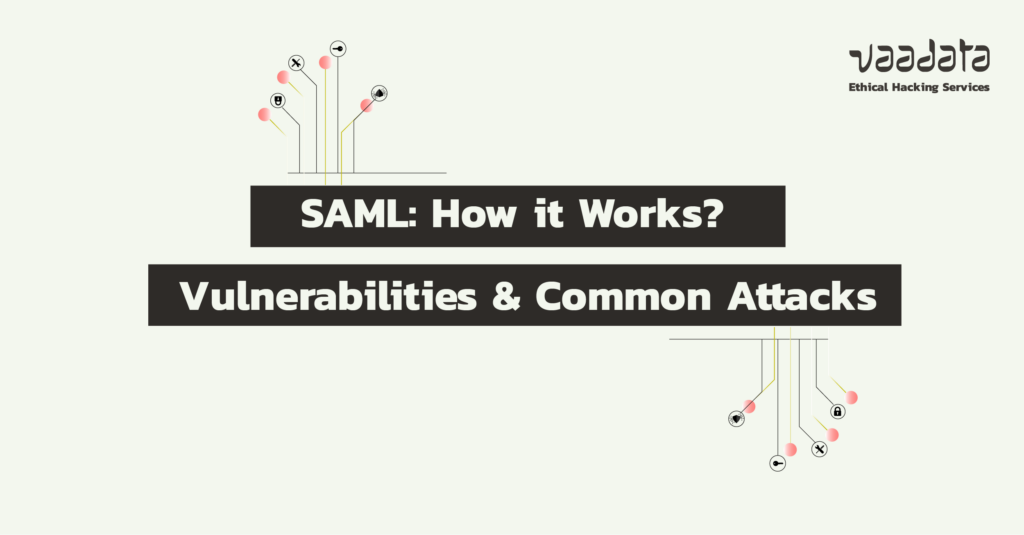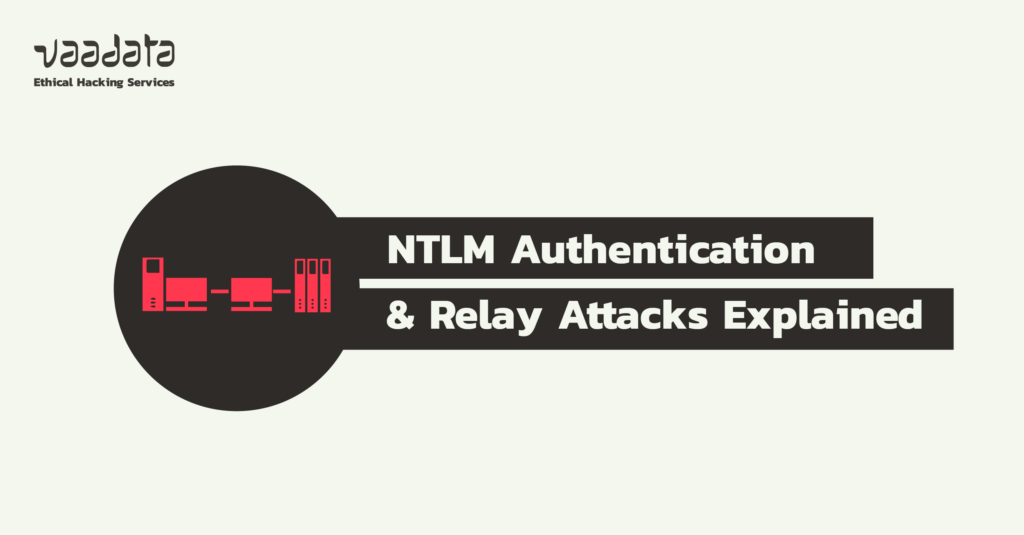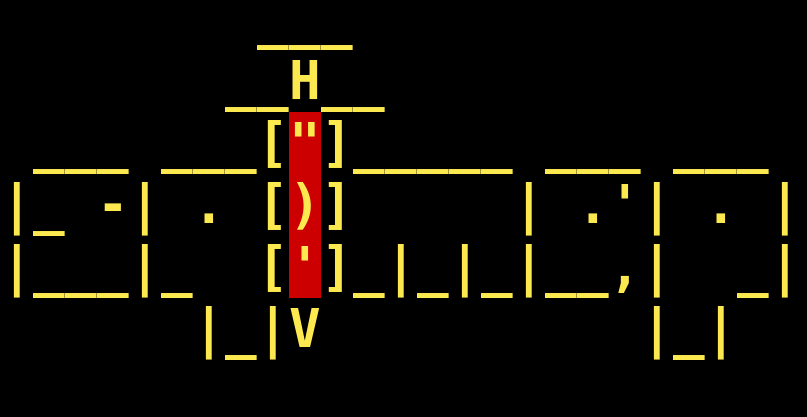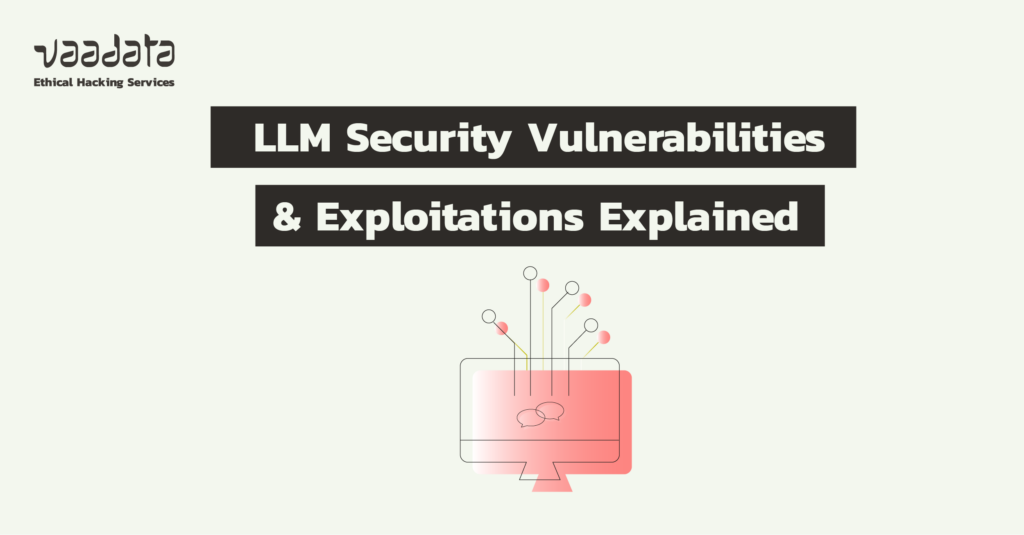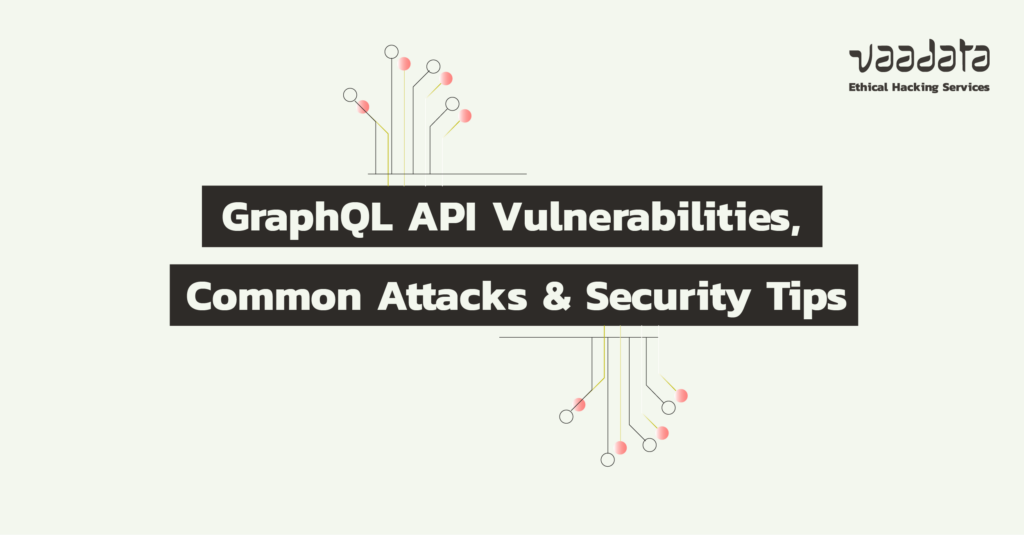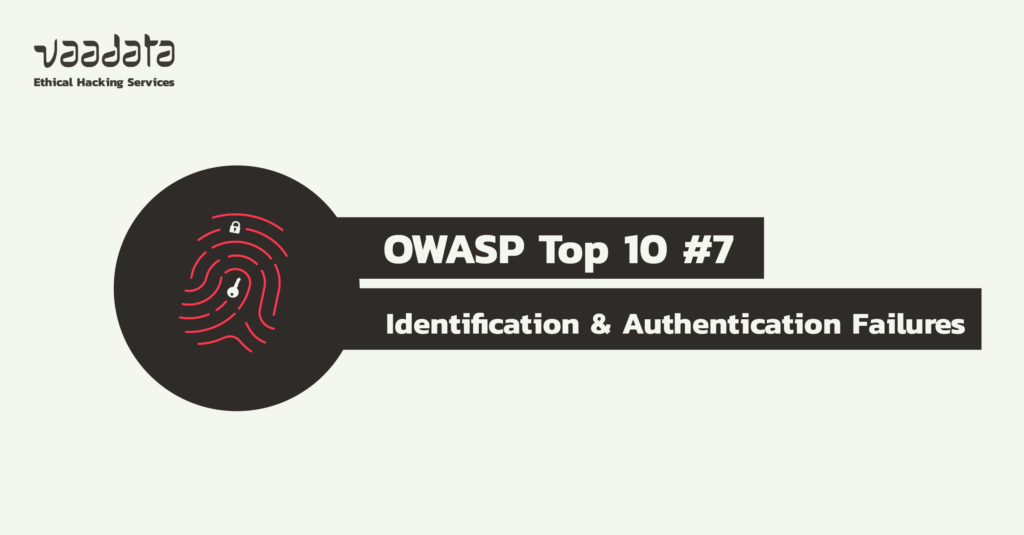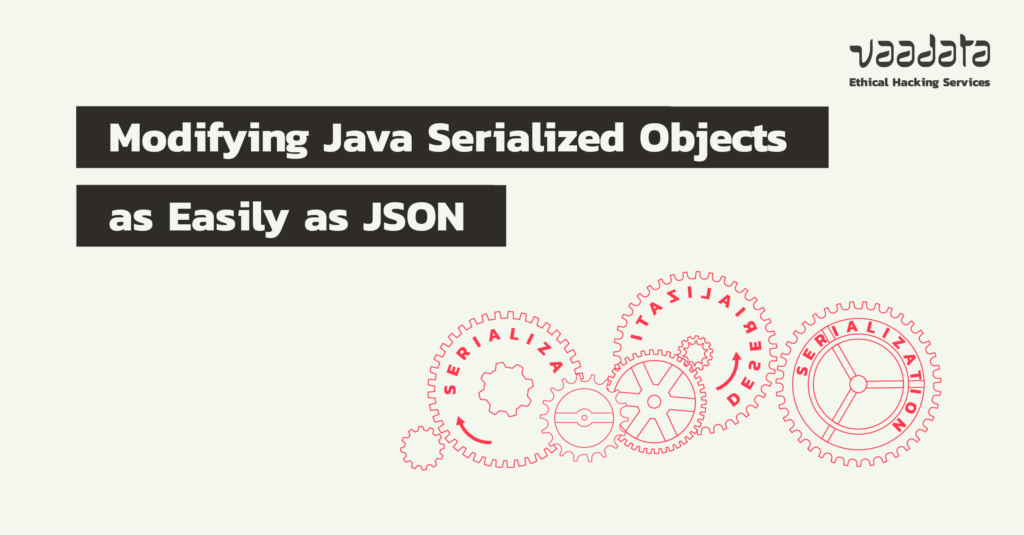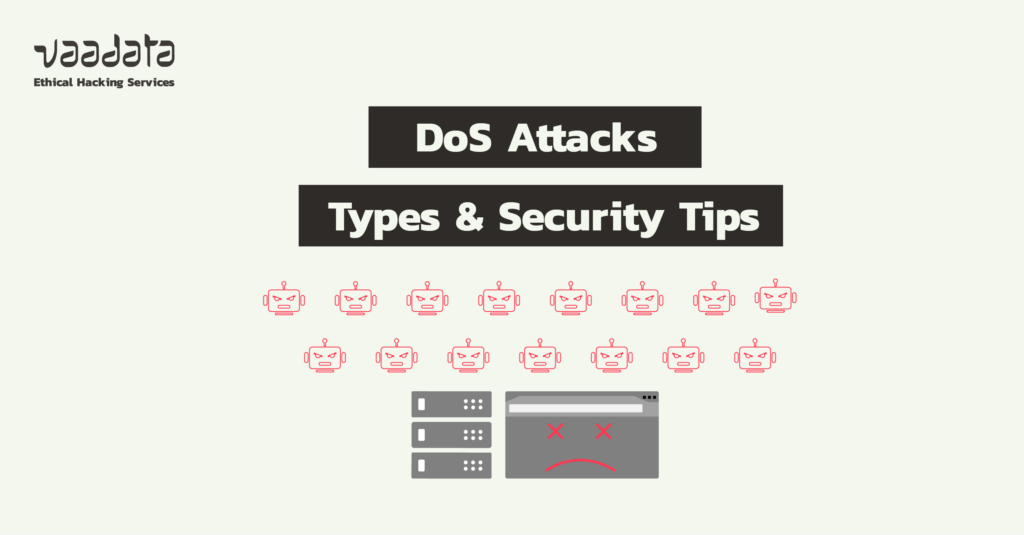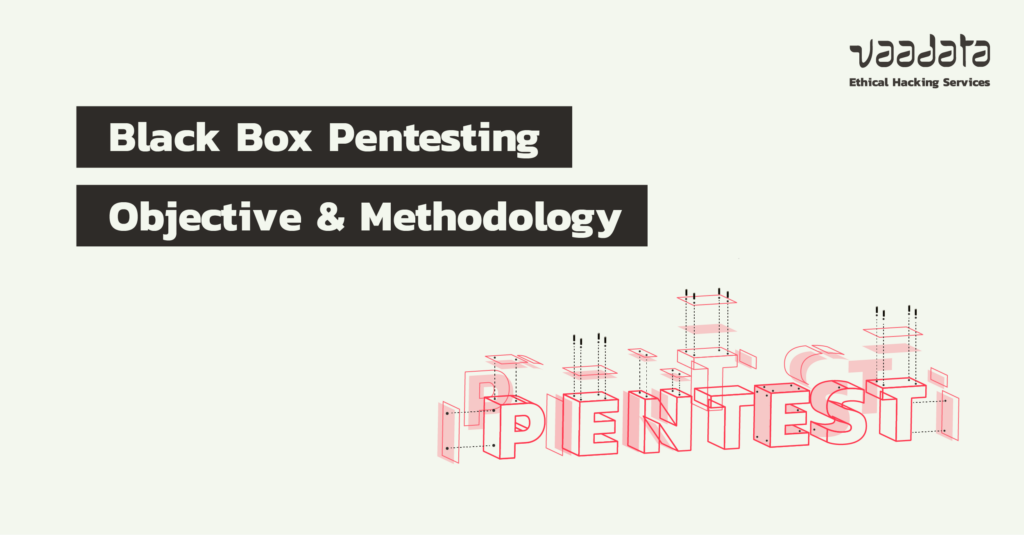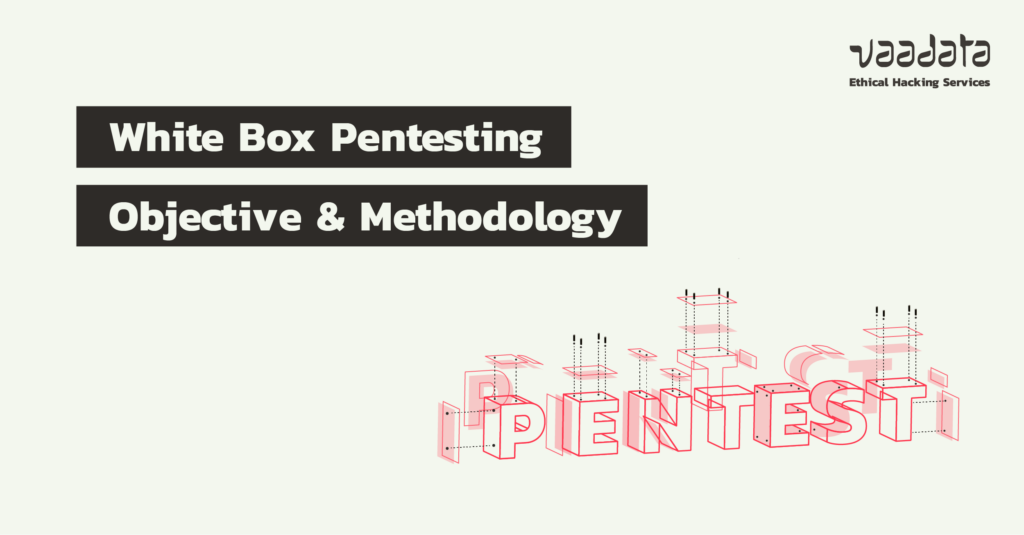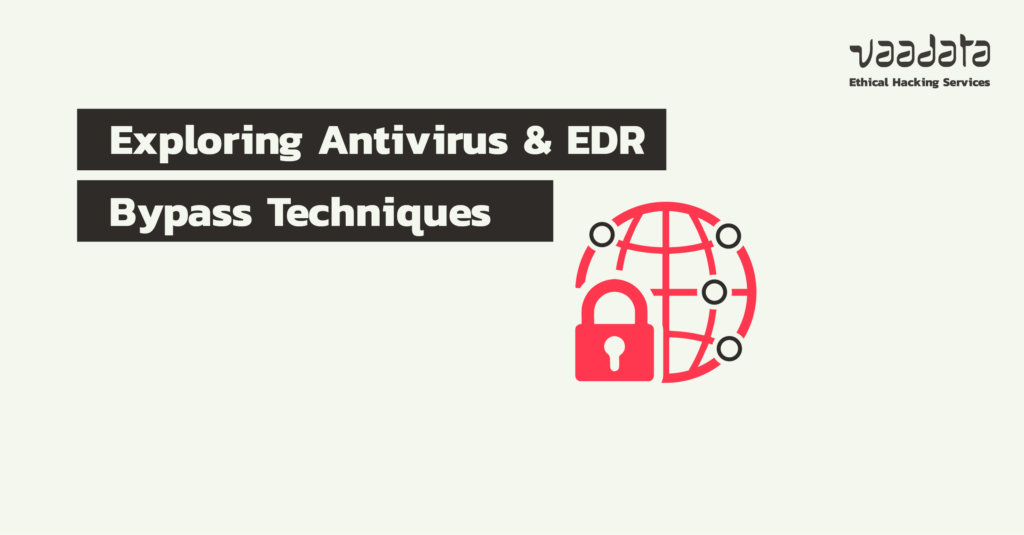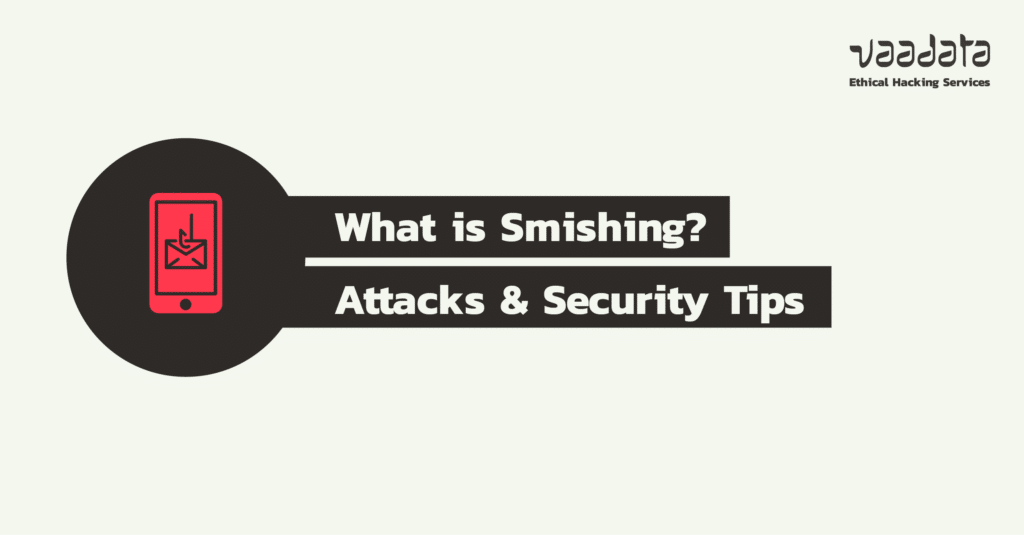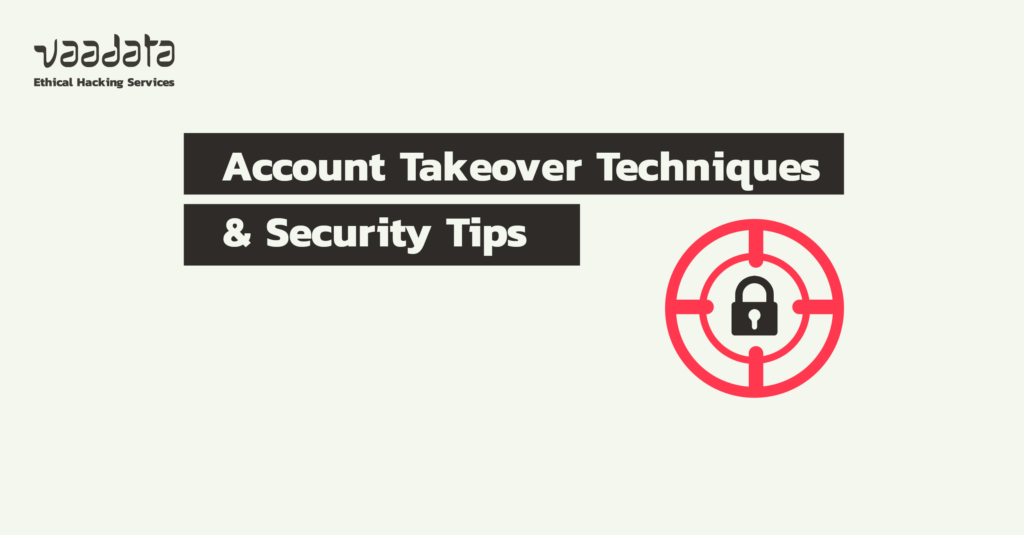
Account takeover is a common practice that threatens the security of users and their data. The impact on victims depends on the type of account targeted. It can be minor if it’s a customer loyalty account but becomes critical for a corporate administrator account.
Attacks use a variety of techniques, often based on large-scale campaigns to steal as many credentials as possible. However, there are also application vulnerabilities enabling more targeted account takeover. The presence of these vulnerabilities represents a major risk for companies, especially if an administrator account is compromised.

